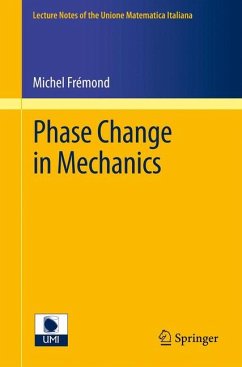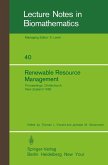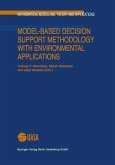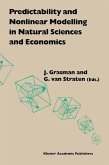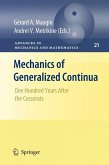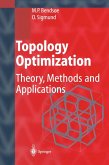Dieser Download kann aus rechtlichen Gründen nur mit Rechnungsadresse in A, B, BG, CY, CZ, D, DK, EW, E, FIN, F, GR, HR, H, IRL, I, LT, L, LR, M, NL, PL, P, R, S, SLO, SK ausgeliefert werden.
"These lecture notes present some predictive theories of phenomena involving phase changes with applications in engineering, within the framework of continuum thermo-mechanics. The author investigates some solid-liquid phase changes, volume and surface damage, and phase changes involving temperature discontinuities. ... this is a valuable contribution to the phase change theory in continuum mechanics, excluding polar and non-local constitutive behaviour, and it is recommendable to engineers and researchers interested in the field." (M. Cengiz Dökmeci, Zentralblatt MATH, Vol. 1253, 2013)

